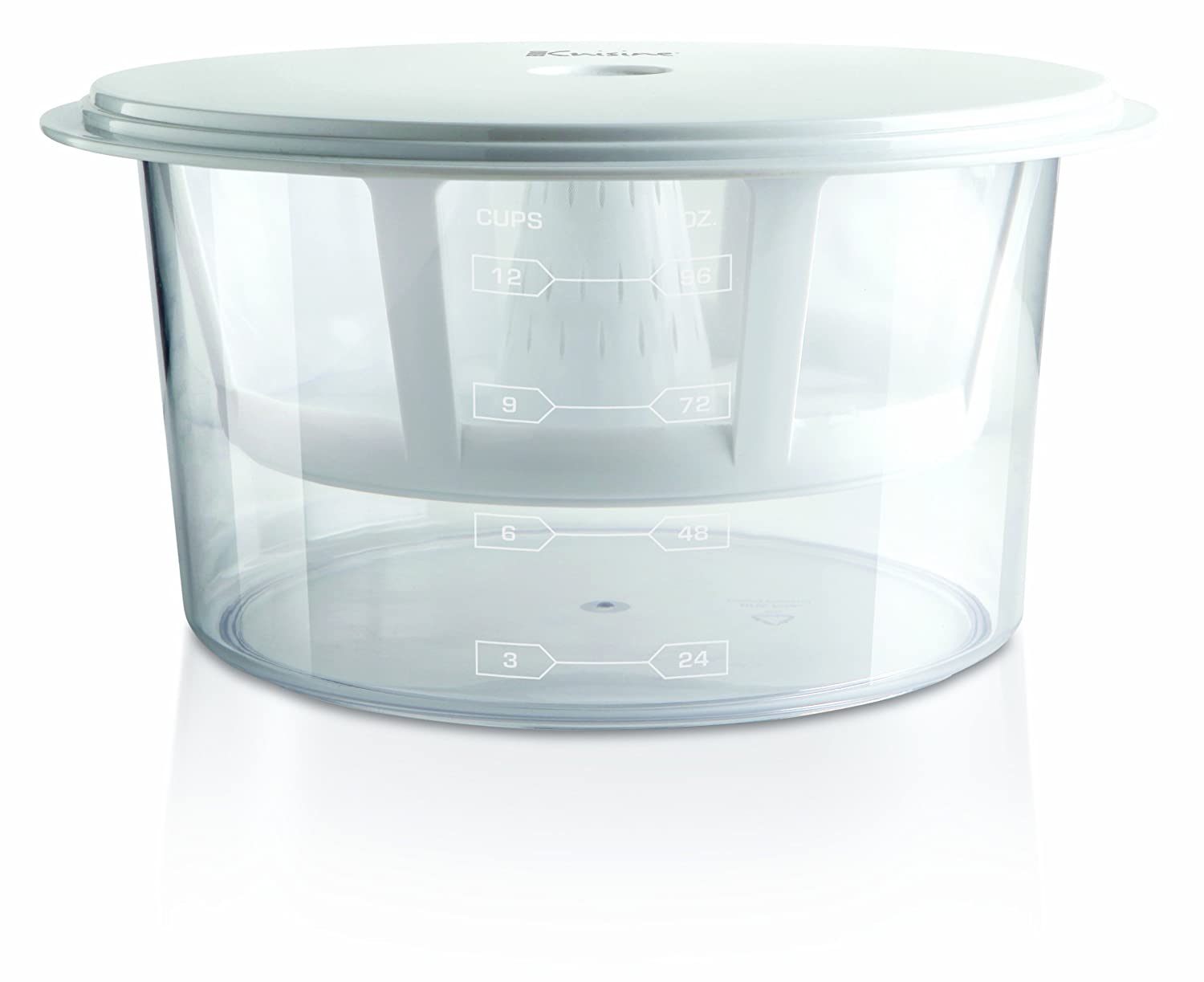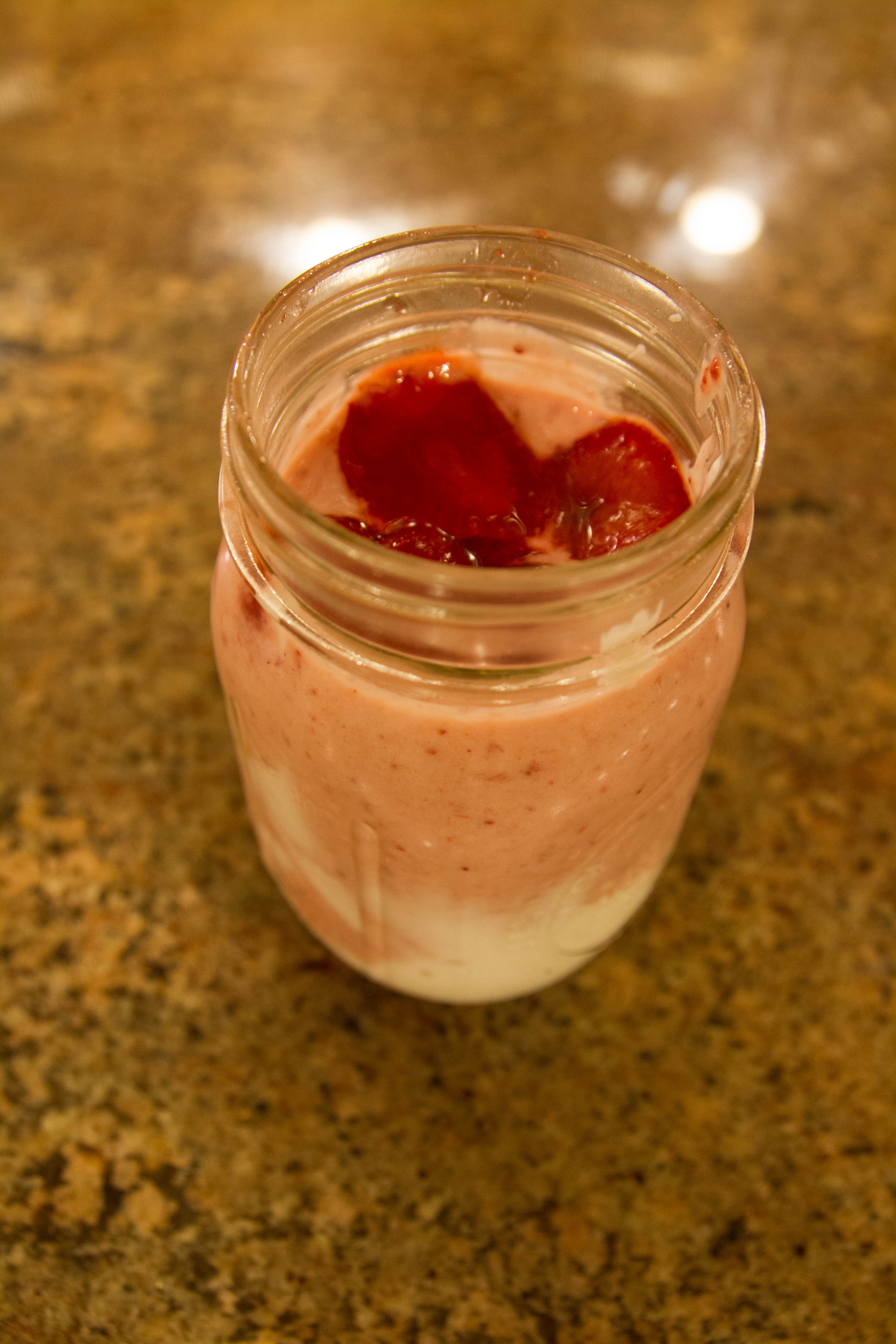I've been making yogurt for the past several months, and I have a simple tweak (my wife came up with it) that others probably have done but I don't hear about too frequently, I add dry milk powder.
While whey has all kinds of fantastic proteins, I really don't like runny yogurt, and I don't like seeing all that liquid after it separates out. I didn't like that I was pouring all that good stuff down the drain. I also don't care for the texture of the mass-produced greek yogurt I've tried.
So I add about 1.5 to 2 cups dry milk powder to make a final volume of 7.5 to 8 cups of a milk super-solution. I re-pasteurize the milk, pour it into some pint ball jars, let it cool to where I can touch the jar without worrying about it burning my hands, then add some Dannon yogurt as a starter, and incubate it in an insta-pot (it has a setting for it!) for 8-12 hours.
Then I'll put it in the fridge until I get hungry, and I'll put some fruit on it.



Here is some of my yogurt with rhubarb sauce and raspberries.
While whey has all kinds of fantastic proteins, I really don't like runny yogurt, and I don't like seeing all that liquid after it separates out. I didn't like that I was pouring all that good stuff down the drain. I also don't care for the texture of the mass-produced greek yogurt I've tried.
So I add about 1.5 to 2 cups dry milk powder to make a final volume of 7.5 to 8 cups of a milk super-solution. I re-pasteurize the milk, pour it into some pint ball jars, let it cool to where I can touch the jar without worrying about it burning my hands, then add some Dannon yogurt as a starter, and incubate it in an insta-pot (it has a setting for it!) for 8-12 hours.
Then I'll put it in the fridge until I get hungry, and I'll put some fruit on it.



Here is some of my yogurt with rhubarb sauce and raspberries.









